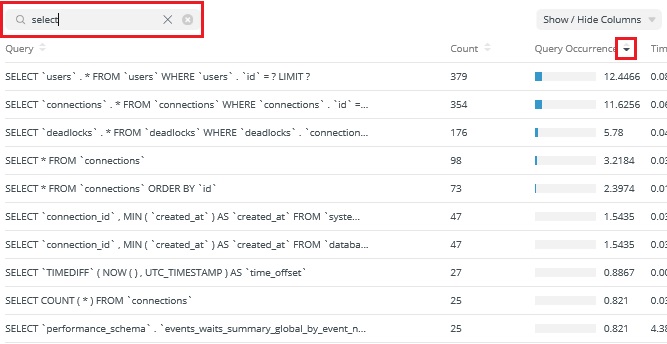

And you need to run a delete to remove the row. If you commit between insert and rollback, rollback does nothing. When you issue a rollback, the database will undo all changes you made since your last commit. The following does that: insert into toys ( toy_id, toy_name, colour ) But realize you made a mistake, so want to remove it. Rollback reverts all the changes since your last commit. Any table columns you don't provide a value for will store null.īetween inserting a row and committing it, your code may throw an exception. This will still work if someone adds another column or removes the colour column from toys. For example: insert into toys ( toy_id, toy_name ) values ( 2, 'Baby Turtle' )

It's much better to list the columns you're providing values for. If you change the columns in the table, the insert is likely to fail. This makes inserts without a column list brittle. So it throws an exception: insert into toys values ( 2, 'Baby Turtle' ) The insert below only provides two values. If the number of values doesn't match the number and data types of the target columns, you'll get an error. If you omit this, you must provide a value for every visible column in the table.įor example, the following adds a row for a toy named Miss Snuggles coloured pink with the toy_id 1 into the toy table: insert into toys values ( 1, 'Miss Snuggles', 'pink' ) This takes the form: insert into ( col1, col2. You can add one row at a time to a table with the insert clause.


 0 kommentar(er)
0 kommentar(er)
